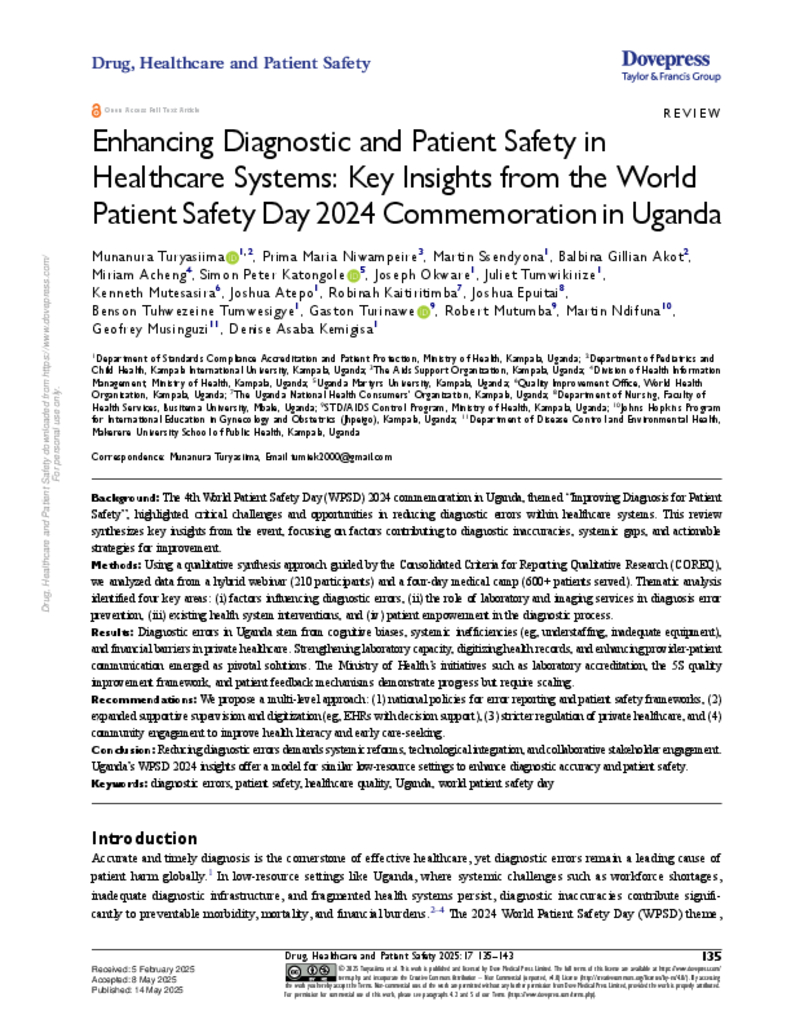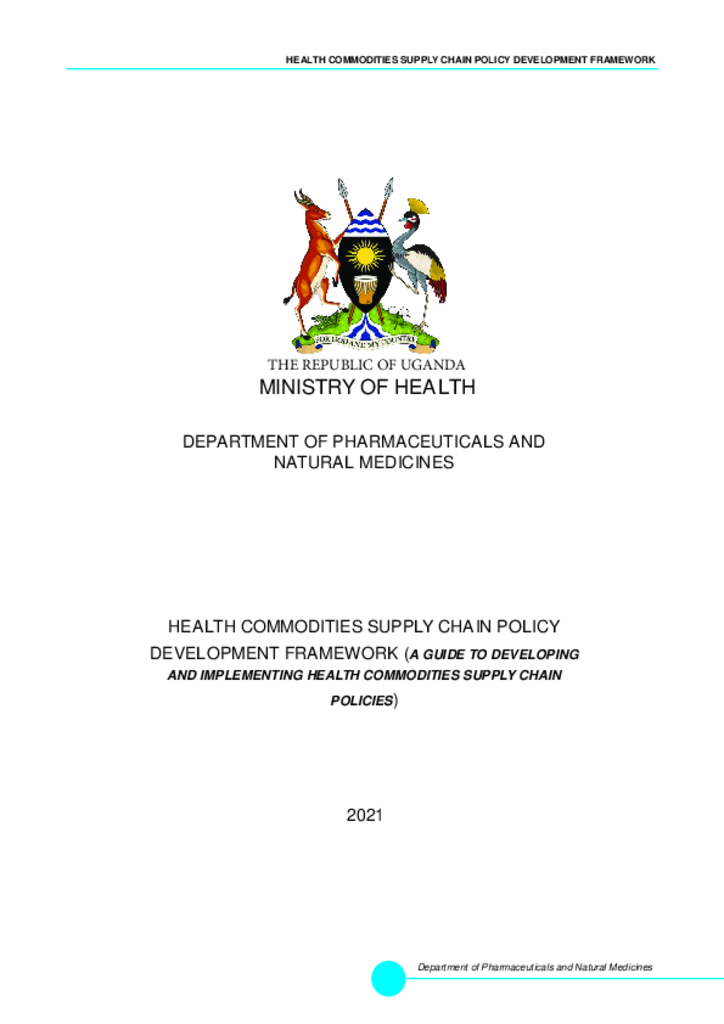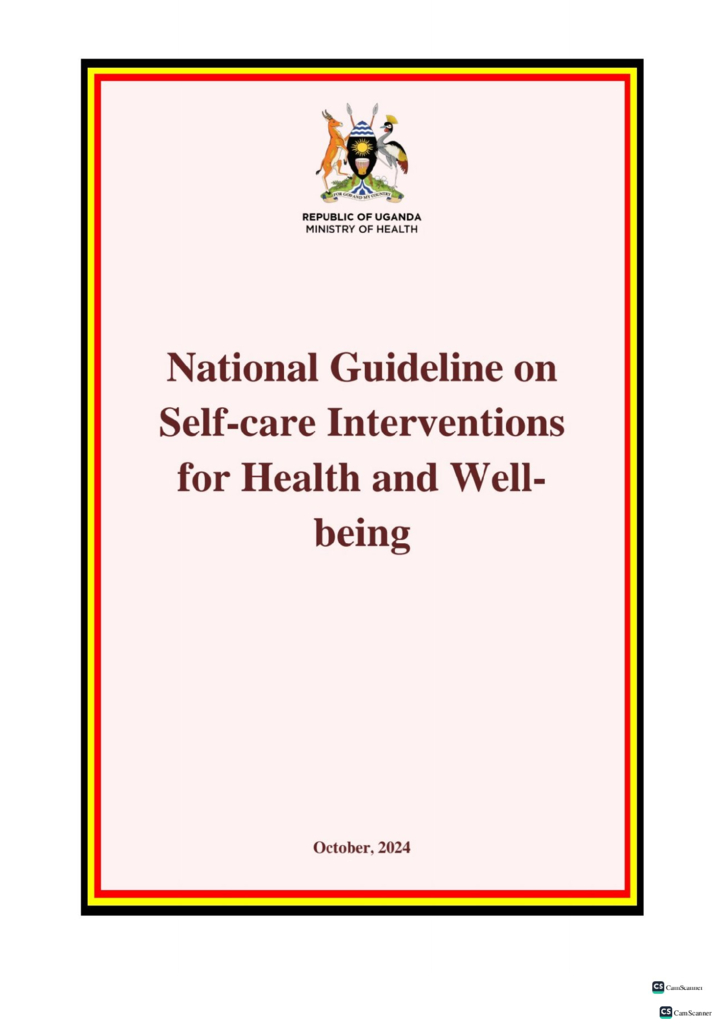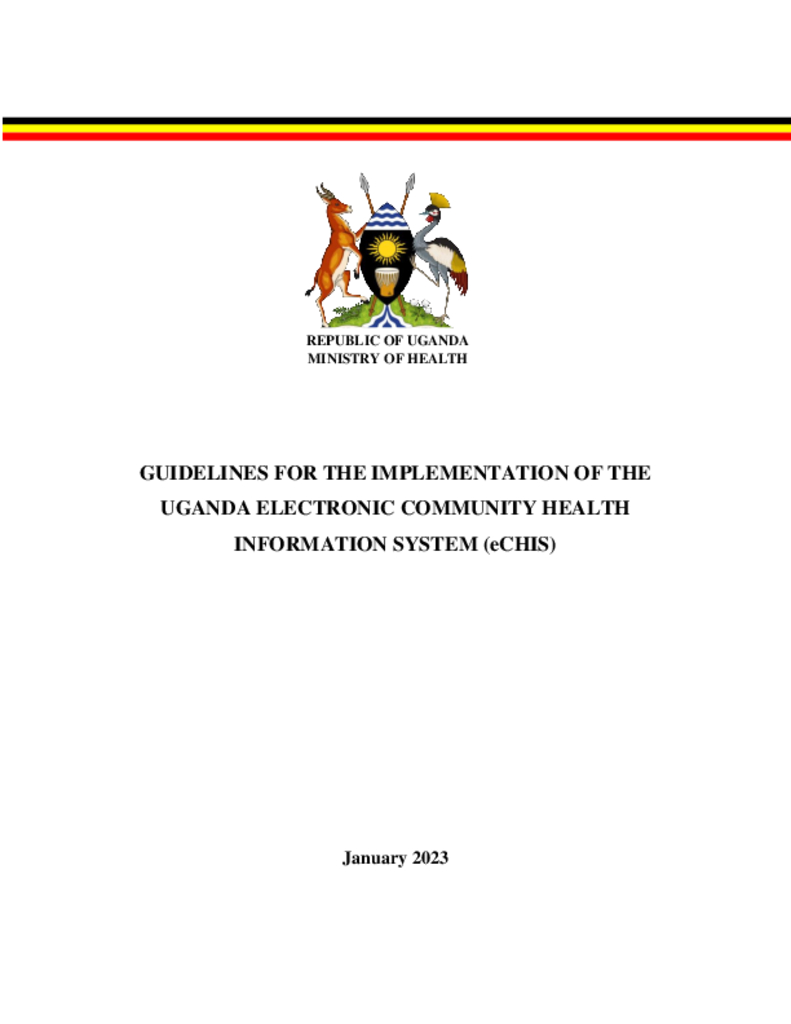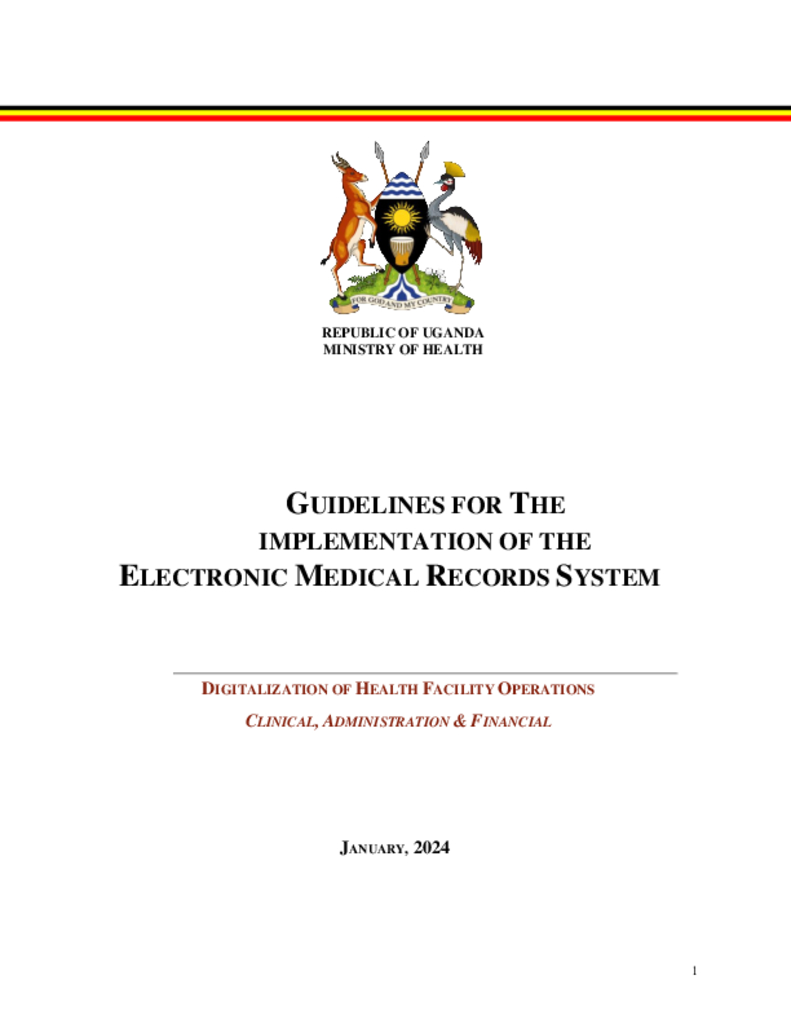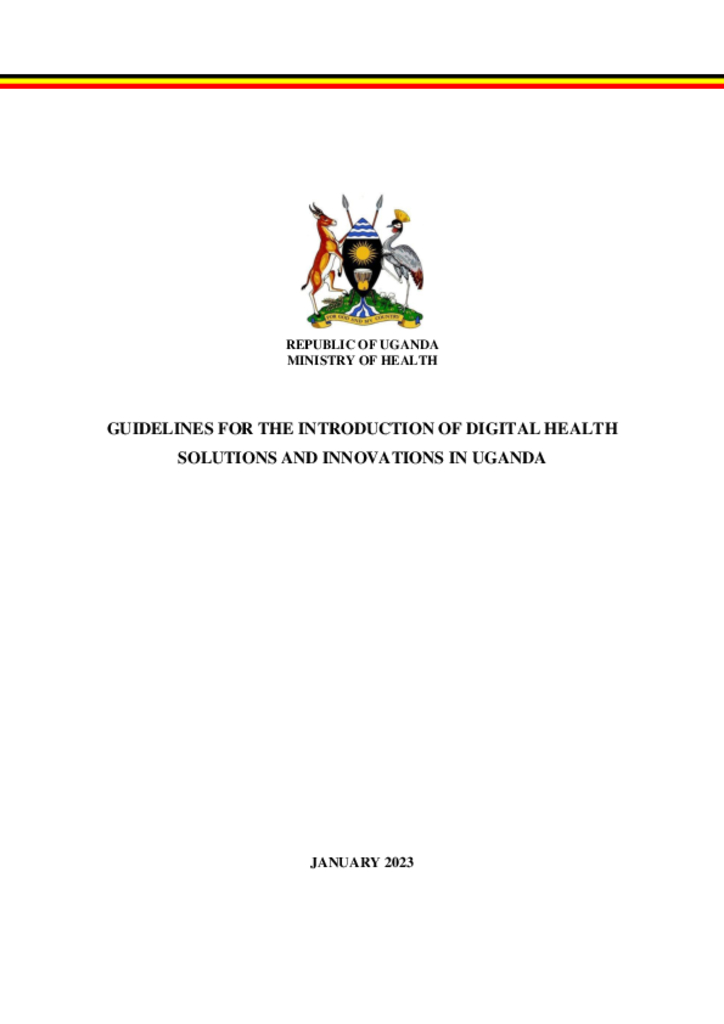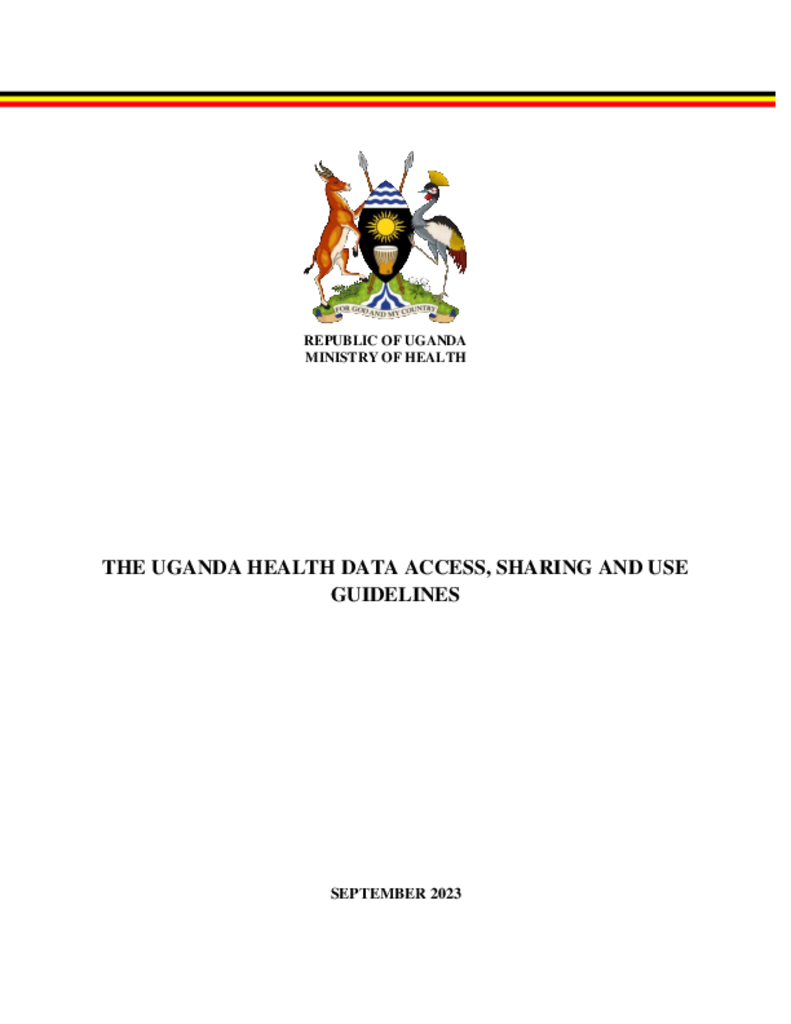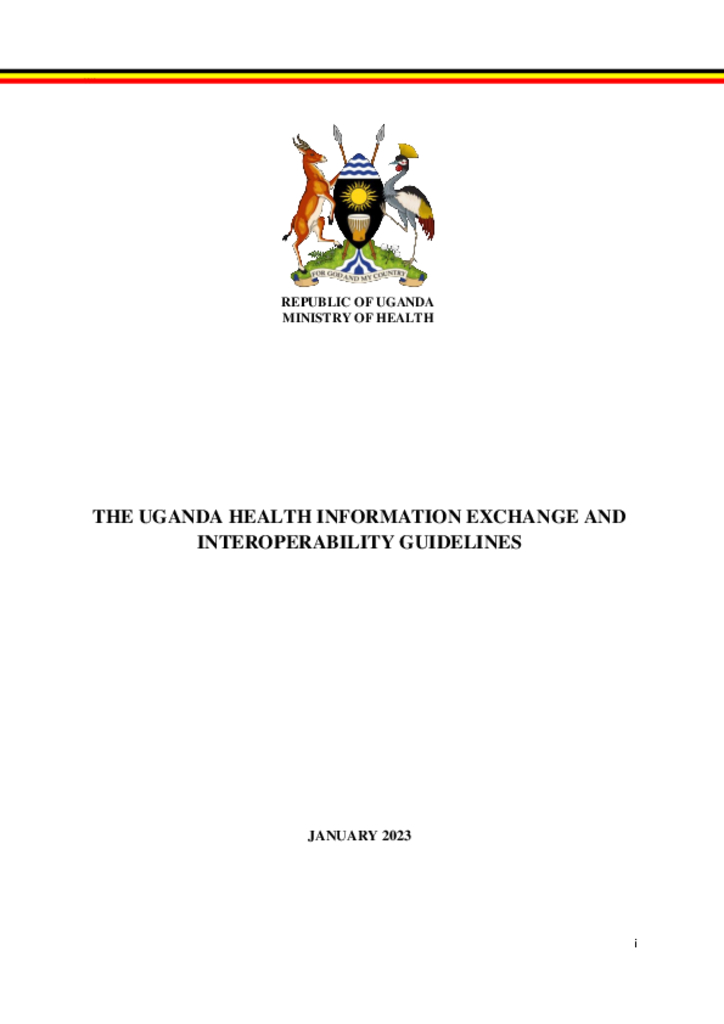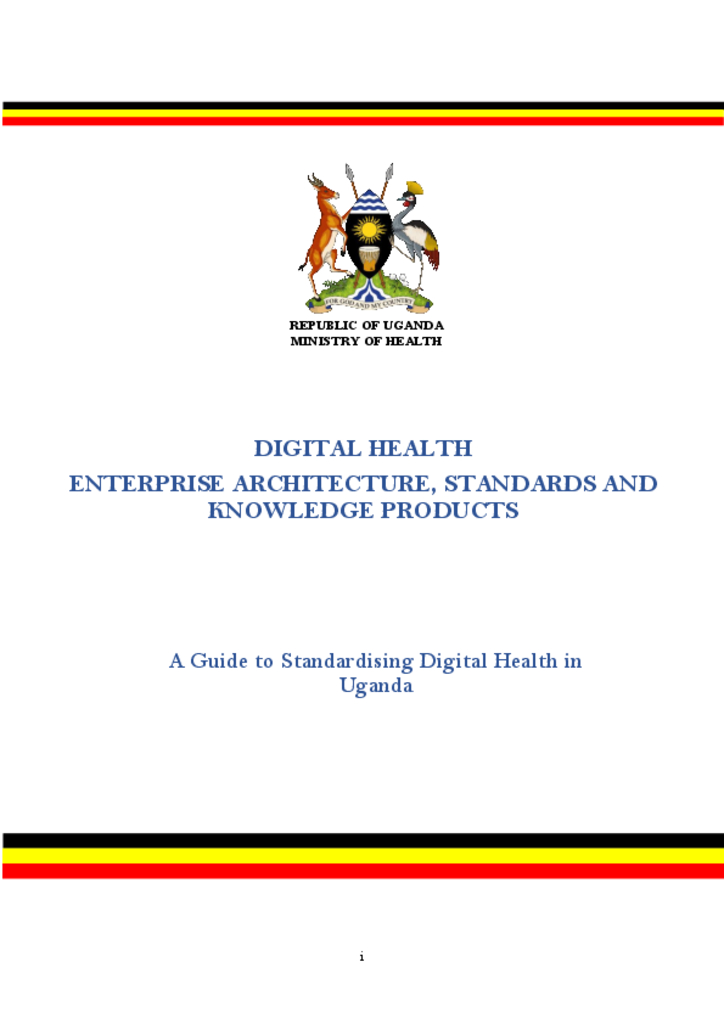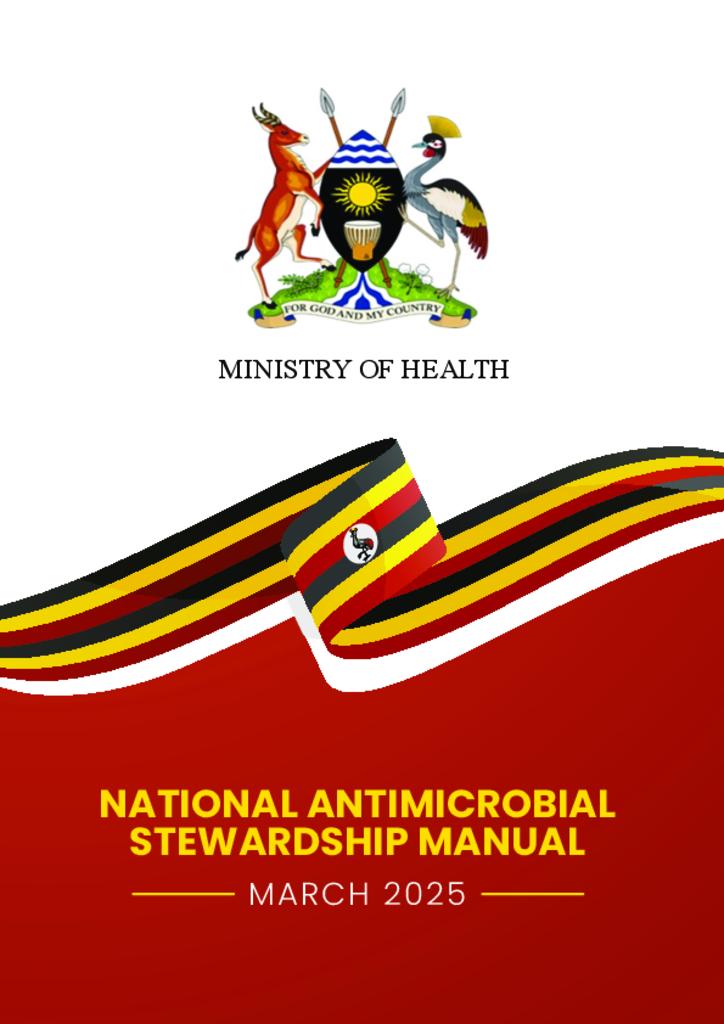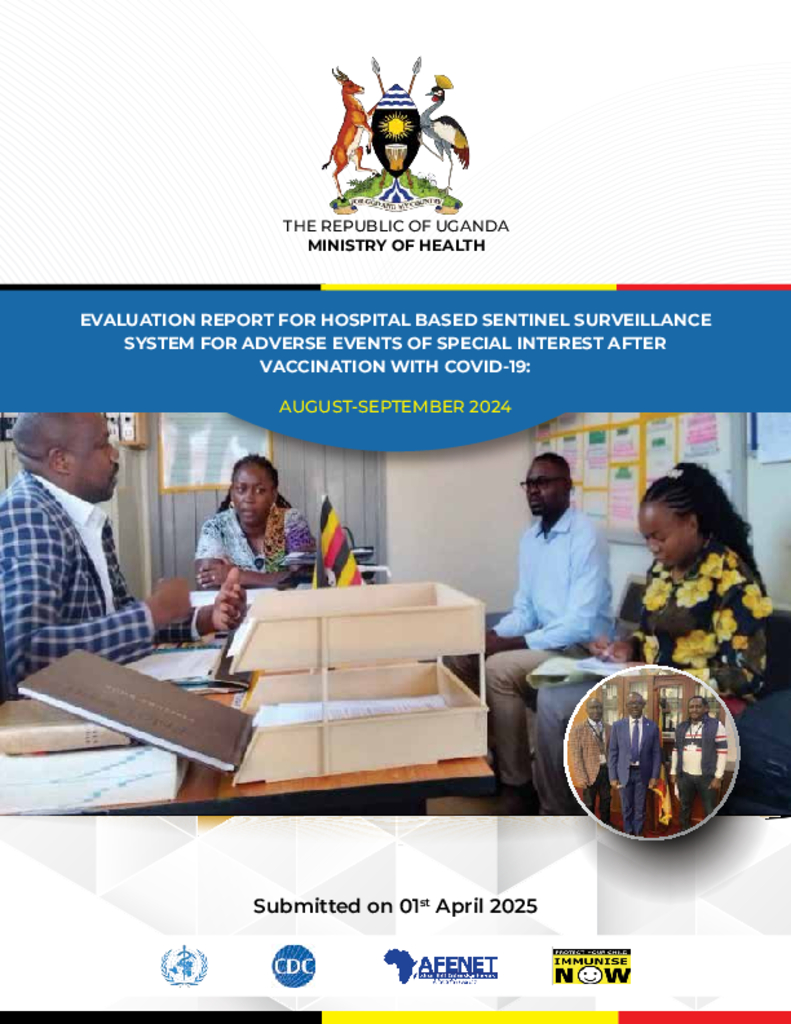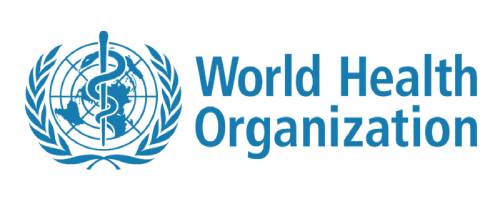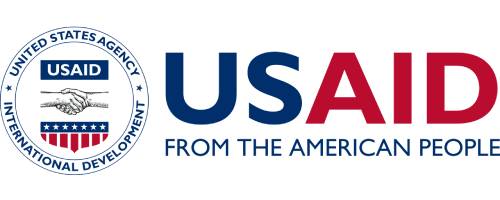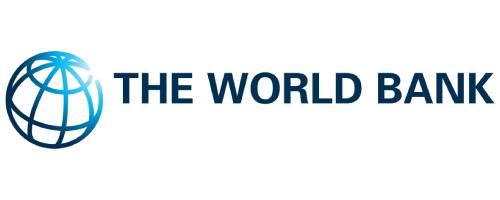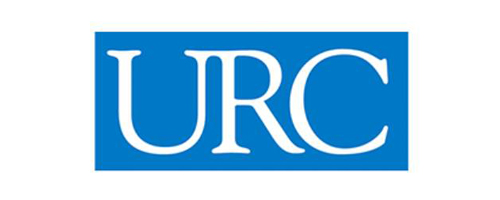The 4th World Patient Safety Day (WPSD) 2024 commemoration in Uganda, themed “Improving Diagnosis for Patient Safety", highlighted critical challenges and opportunities in reducing diagnostic errors within healthcare systems. This review synthesises key insights from the event, focusing on factors contributing to diagnostic inaccuracies, systemic gaps, and actionable strategies for improvement.
The framework describes step-by-step process of formulating, implementing, monitoring, reviewing and reforming the health supply chain-related policies, regulations and guidelines. Specifically, the framework (i) provides the principles which guide the formulation and review of health supply chain policies, guidelines, regulations and reforms; (ii) establishes standardized procedures to ensure consistent formulation, approval, monitoring, and review of health supply chain policies, guidelines, regulation and reforms; and (iii) provides a comprehensive, single point of reference for information relating to health supply chain policy formulation, approval, implementation, monitoring, evaluation, review and analysis.
The guideline on self-care interventions for health and well-being encompasses combined efforts to (i) improve antenatal, intrapartum and postnatal care; (ii) provide high-quality services for family planning, including infertility services; (iii) eliminate unsafe abortion; (iv) combat sexually transmitted infections (including HIV), reproductive tract infections, cervical cancer and other gynaecological morbidities; (v) promote sexual health; and (vi) address non-communicable diseases, including cardiovascular diseases and diabetes.
This document presents electronic Community Health Information System (eCHIS) implementation guidelines for the health sector. These guidelines are intended to standardize the implementation of the eCHIS across Uganda's health system. These guidelines are aligned with the Health Information and Digital Health Strategic Plan 2020/2021-2024-2025, National Community Health Strategy 2020/2021-2024-2025 and Ministry of Health Strategic Plan 2020/2021-2024-2025.
This document presents Electronic Medical Records System (EMRS) implementation guidelines for the health sector. These guidelines are intended to standardise the implementation of the ERMS across Uganda’s health system. These guidelines are aligned with the Health Information and Digital Health Strategic Plan 2020/2021-2024/2025 and Ministry of Health Strategic Plan 2020/2021-2024/2025
In the past ten years, between 2015 and to date, various actors have supported numerous digital health innovations and solutions, mostly independent of the national health information system, resulting in the duplication of, and limited integration of the various health information platforms, which these guidelines aim to rectify going forward. The purpose of these guidelines is to standardise the implementation of digital health solutions and innovations to realise interoperable, secure digital solutions that adhere to the existing legal and guiding frameworks in Uganda.
This document presents Uganda's Health Data Access, Sharing and Use Guidelines for the Health Sector. The guidelines are aligned with the Data Protection and Privacy Act 2019, Data Protection and Privacy Regulations 2021, National ICT Policy 2018, Health Information and Digital Health Strategic Plan 2020/2021-2024-2025, and Ministry of Health Strategic Plan 2020/2021-2024- 2025. These guidelines will serve as a framework to ensure secure access, exchange, and use as well as identification and addressing of vulnerabilities,
This document presents Uganda's Health Data Protection, Privacy, and Confidentiality Guidelines for the Health Sector. These guidelines are intended to standardize the implementation of health data protection, privacy and confidentiality across Uganda's health system. They are aligned with the Data Protection and Privacy Act 2019, Data Protection and Privacy Regulations 2021, National ICT Policy 2018, Health Information and Digital Health Strategic Plan 2020/2021-2024-2025, Ministry of Health Strategic Plan 2020/2021-2024-2025. The guidelines are also aligned with the Uganda Digital Health Enterprise Architecture, Standards and Knowledge Guidelines.
The Health Information Exchange and Interoperability Guidelines present how standards defined in the Uganda Digital Health Enterprise Architecture, Standards and Knowledge Guidelines are to be applied to digital health systems. This will strengthen information exchange in the national health services network to facilitate quality health services delivery and support achieving Universal Health Coverage (UHC). The Health Information Exchange and Interoperability Guidelines present how standards defined in the Uganda Digital Health Enterprise Architecture, Standards and Knowledge Guidelines are to be applied to digital health systems. This will strengthen information exchange in the national health services network to facilitate quality health services delivery and support achieving Universal Health Coverage (UHC).
The Standardisation Guide presents several digital health (DH) artefacts including; digital health Standards, digital health Enterprise Architecture Framework, digital health Workforce Capacity Building Framework, and digital health Monitoring and Evaluation Framework (DH-ASK). The DH-ASK artefacts will be used to standardise digitally-enabled healthcare and services in Uganda’s health system. The digital health Standards aim to provide common rules, principles, and guidelines for the use of various digital health interventions in Uganda’s health system.
Antimicrobial resistance is a natural process that happens over time through genetic changes in pathogens. This National Antimicrobial Stewardship Manual describes the Antimicrobial stewardship governance and leadership, approaches to surveillance of Antimicrobial resistance and diagnostic stewardship, guidance on generating information on antimicrobial consumption and use at national and subnational levels, application of infection prevention and control, supply chain management for AMS, education, training, advocacy, implementation of AMS at facility level and monitoring and evaluation.
The evaluation aimed to assess the impact and feasibility of hospital-based sentinel site surveillance system (HBSSS) as a vaccine safety surveillance model for low- and middle-income countries. It focused on several key themes, including the implementation process, facilitators of HBSSS, benefits, feasibility, lessons learned, and recommendations. Findings indicated that AEFI (Adverse Events Following Immunization) reporting improved significantly during the HBSSS implementation period, increasing from 30 per 100,000 to 85 per 100,000 by 2023.
